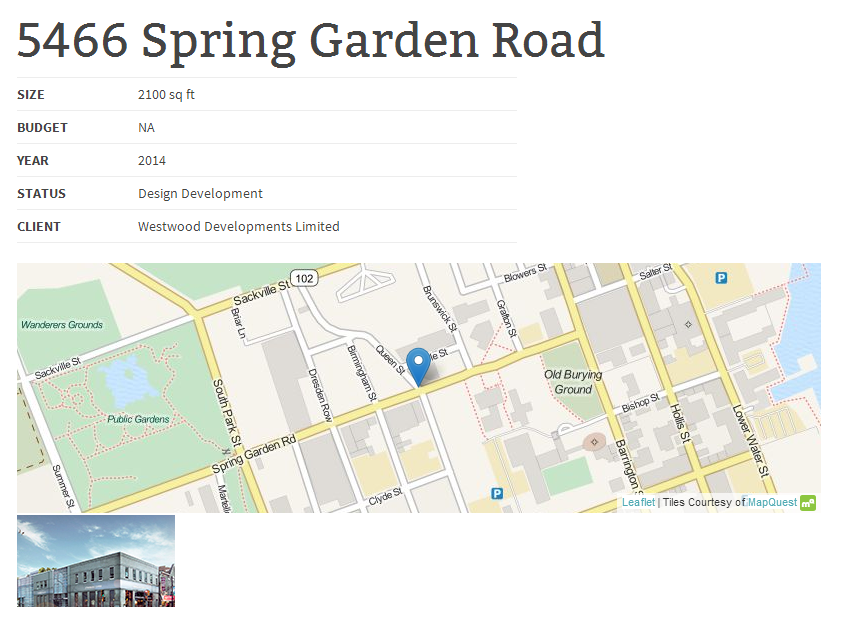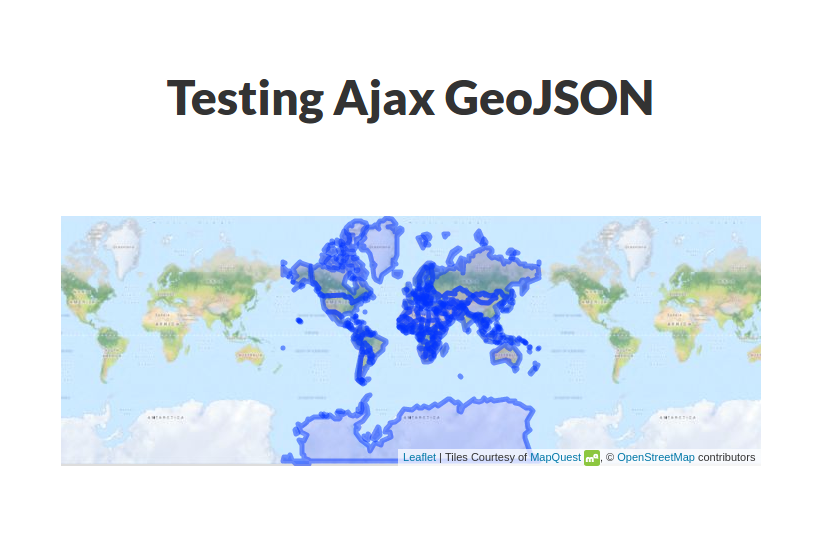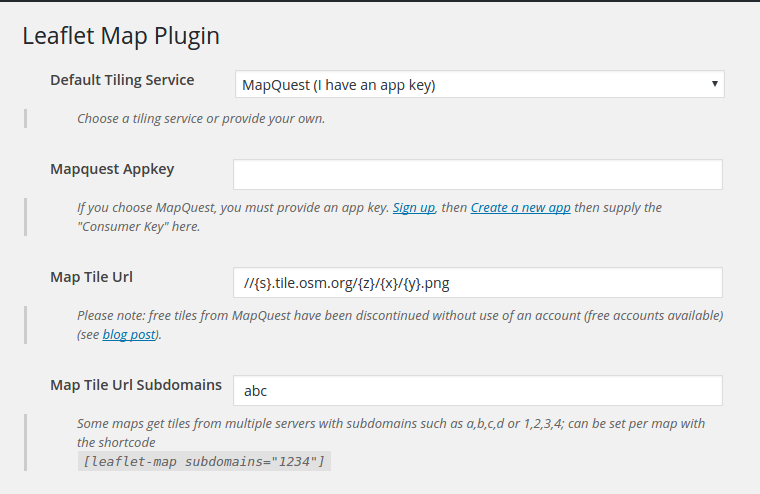Leaflet Map
Hospedagem WordPress com plugin Leaflet Map
Onde hospedar o plugin Leaflet Map?
Este plugin pode ser hospedado em qualquer servidor que tenha WordPress instalado. Recomendamos optar por um provedor de hospedagem de confiança, com servidores otimizados para WordPress, como o serviço de hospedagem de sites da MCO2.
Hospedando o plugin Leaflet Map em um provedor de confiança
A MCO2, além de configurar e instalar o WordPress na versão mais atual para seus clientes, disponibiliza o plugin WP SafePress, um mecanismo singular que salvaguarda e aumenta a performance do seu site ao mesmo tempo.
Por que a Hospedagem WordPress funciona melhor na MCO2?
A Hospedagem WordPress funciona melhor pois a MCO2 possui servidores otimizados para WordPress. A instalação de WordPress é diferente de uma instalação trivial, pois habilita imediatamente recursos como otimização de imagens, proteção da página de login, bloqueio de atividades suspeitas diretamente no firewall, cache avançado e HTTPS ativado por padrão. São recursos que potencializam seu WordPress para a máxima segurança e o máximo desempenho.
Add a map generated with LeafletJS: an open-source JavaScript library for mobile-friendly interactive maps. Map tiles are provided by default through OpenStreetMap, or MapQuest (with an app key). Can be set per map with shortcode attributes or through the dashboard settings.
Maps
Simply create a map with:
[leaflet-map]
Lookup an address with:
[leaflet-map address="chicago"]
Know the latitude and longitude of a location? Use them (and a zoom level) with:
[leaflet-map lat=44.67 lng=-63.61 zoom=5]
Add a marker under your map shortcode, like so:
[leaflet-map]
[leaflet-marker]
Want more? Make more (and fit the map to contain all of them):
[leaflet-map fitbounds]
[leaflet-marker address="tokyo"]
[leaflet-marker address="oslo"]
[leaflet-marker address="cairo"]
[leaflet-marker address="toronto"]
You can even add popups (to any shape) with their names:
[leaflet-map fitbounds]
[leaflet-marker address="tokyo"]Tokyo[/leaflet-marker]
[leaflet-marker address="oslo"]Oslo[/leaflet-marker]
...
Add a link to the popup messages the same way you would add any other link with the WordPress editor.
Other Shapes, GeoJSON, and KML
Add a line to the map by adding [leaflet-line]. You can specify the postions with a list separated by semi-colon ; or bar | using lat/lng: [leaflet-line latlngs="41, 29; 44, 18"] or addresses: [leaflet-line addresses="Istanbul; Sarajevo"], or x/y coordinates for image maps.
Add a circle to the map by adding [leaflet-circle]. You can specify the position using lat and lng and the radius in meters using radius. You can also customize the style using Leaflet’s Path options. Example: [leaflet-circle message="max distance" lng=5.117909610271454 lat=52.097914814706094 radius=17500 color="#0DC143" fillOpacity=0.1].
Or you can add a geojson shape via a url (make sure you are allowed to access it if it’s not hosted on your own server): [leaflet-geojson src="https://example.com/path/to.geojson"]. Add custom popups with field names; try out the default src file and fields like so:
[leaflet-map fitbounds]
[leaflet-geojson]{name}[/leaflet-geojson]
name is a property on that GeoJSON, and it can be accessed with curly brackets and the property name.
Image Maps
Alternatively, you could use a plain image for visitors to zoom and pan around with [leaflet-image src="path/to/image/file.jpg"]. See screenshots 3 – 5 for help setting that up.
More
Check out other examples on the Shortcode Helper page in the Leaflet Map admin section.
Check out the source code and more details on GitHub!
Capturas de tela

Put the shortcode into the post.

See the shortcode play out on the front end.
![For <code>[leaflet-image]</code> upload an image, and copy the URL from the right-hand side](https://ps.w.org/leaflet-map/assets/screenshot-3.png?rev=1032347)
For [leaflet-image] upload an image, and copy the URL from the right-hand side
![For <code>[leaflet-image]</code> paste that image URL into an attribute titled <code>source</code>: example: <code>src=](https://ps.w.org/leaflet-map/assets/screenshot-4.png?rev=1032347) .">
.">For [leaflet-image] paste that image URL into an attribute titled source: example: src="https://picsum.photos/1000/1000/".
![See the <code>[leaflet-image]</code> on the front end.](https://ps.w.org/leaflet-map/assets/screenshot-5.png?rev=1032347)
See the [leaflet-image] on the front end.
![If you use <code>[leaflet-marker draggable]</code>, then you can drag the marker where you want it, open a developers console, and see the specific shortcode to use.](https://ps.w.org/leaflet-map/assets/screenshot-6.png?rev=1034235)
If you use [leaflet-marker draggable], then you can drag the marker where you want it, open a developers console, and see the specific shortcode to use.
 ">
">Add geojson via URL: [leaflet-geojson src="https://example.com/path/to.geojson"]

MapQuest requires an app key, get it from their website; alternatively, you can use OpenStreetMap as a free tile service (remember to add an attribution where necessary).
